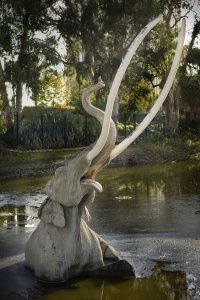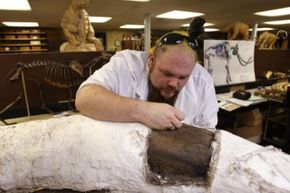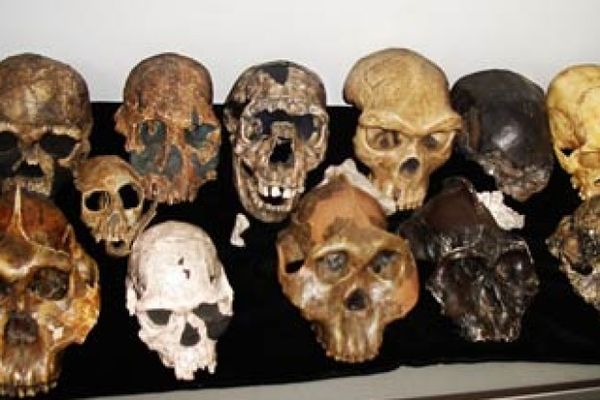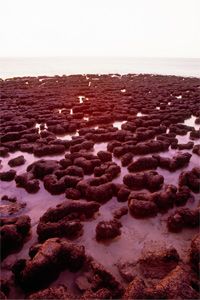Serious scientific excavations didn't commence at the La Brea Tar Pits until the beginning of the 20th century, but the history of the pits stretches back long before that. It all started millions of years ago when the area we know of today as Los Angeles was submerged underwater. Marine life and sediments accumulated on the ocean floor and eventually the pressure converted the organisms' remains into fossil fuels. Once the ocean receded, that petroleum started seeping its way to the surface -- all beginning about 40,000 years ago.
The tar in the pits, which is more correctly referred to as asphalt, is what's left over after the lighter components of petroleum evaporate away. Incredibly sticky, especially in warm weather, the asphalt has the adhesive power to entrap even large animals. Of the fossilized remains of mammals that have been pulled from the pits, about 90 percent are carnivores [source: The Natural History Museum of Los Angeles County]. This has led the resident paleontologists to suspect events at Rancho La Brea often played out like this: Prey animals, especially weakened or injured ones, would become trapped in the pits. This would draw large numbers of predators to the scene, where they would often become ensnared as well.
Advertisement
The last census of the La Brea collection took place in 1992, and the results were impressive. At the time, the museum housed more than 3.5 million specimens representing more than 600 plant and animal species [source: The Natural History Museum of Los Angeles County]. Excavations have continued apace since then, and experts at the museum suspect the work on something called Project 23 could potentially double the number of specimens in the collection.
We'll talk more about Project 23 on a later page, but for now, let's look at the tar pits' history.
Advertisement



